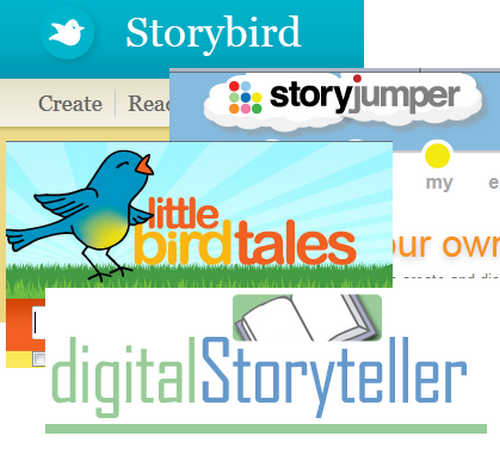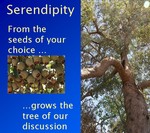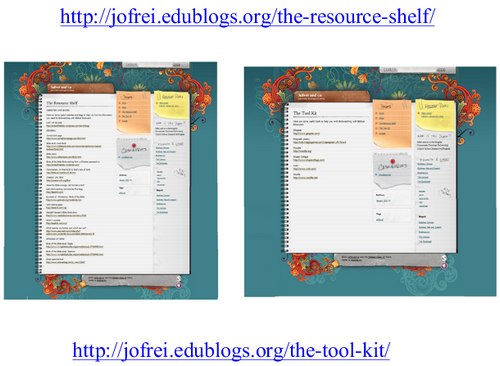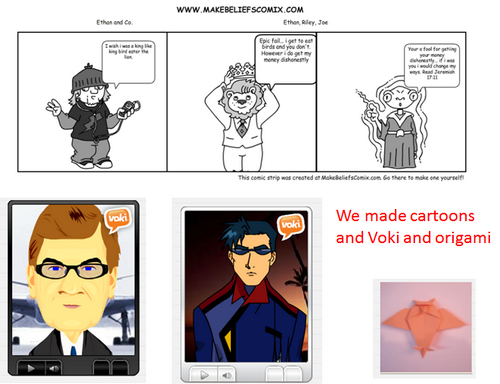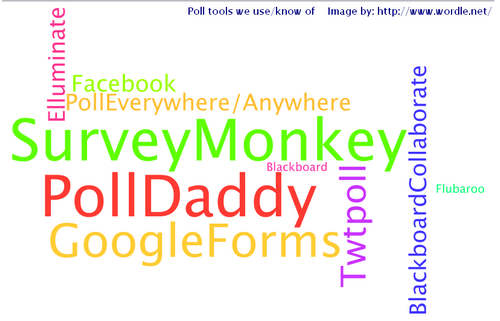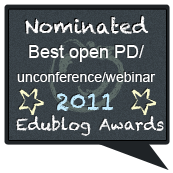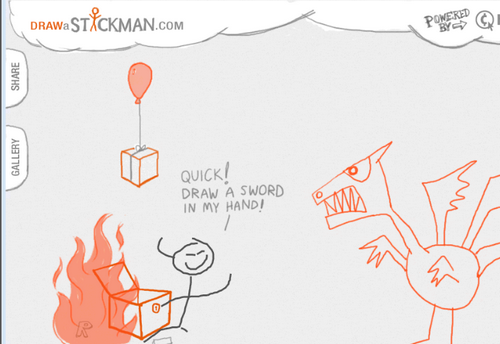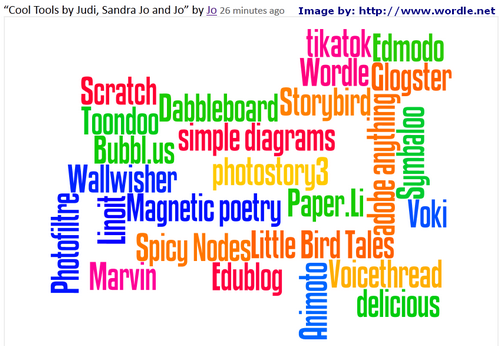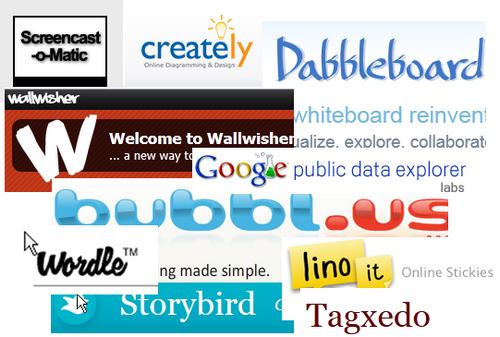Serendipity – Two topics UDL and information curation (13th/14th October 2011)
Apologies for not posting the last couple of overviews – pressure of work just got too heavy. I hope that doing three posts in one will get me back on track!
Introduction
In this recorded session we had two topics because we had a dead heat betweeen looking at universal design for learning and curating information. The consensus was to discuss both so we split the time between the two beginning with information curation
The Session
We initially used a whiteboard to gather some of the methods we use to manage (curate) information.

The conversation moved on using text and audio as we discussed some of these in a little more depth. There are so many tools that can be used for curating information, we all have our preferences based on the ways we think and learn. No one tools will ever be right for everyone!
We moved on to look at Universal Design for Learning (UDL). Initially we spent time clarifying our various understandings of UDL. The focus on accessiblity underpins UDL but there is some perception that it can be used as a way to make everyone conform.
Both topics are really deserving of full Fine Focus sessions – information curation probably needs as many sessions as there are tools and different ways of using them.
Conclusion
This session reinforced for me something that I already feel very strongly. That is the importance of giving learners and colleagues choice with respect to tools not just for information curation but for all aspects of their e-learning. This was particularly interesting when juxtaposed with the second half of the session on UDL which focuses on accessiblity. This sometimes seem be used as a justification for trying to make a tool or site “all things to all people” and thus removing “difference”.
“Regional Voices Crying Out To Be Heard” (20th/21st October 2011)
Introduction
In this session I told the story of Western Australia’s unique approach to participation in the national consultation for Australia’s new Foundation Skills Strategy. The session was as always recorded.
The Session
The session really was more of a story than a presentation. I shared the slides I had used in my recent workshop/presentation via Elluminate at the 34th Australian Council for Adult Literacy Conference – Literacy on the Map about how Western Australia enabled our regional voices to be heard in the by using Elluminate for their regional focus group in the national consultation for Australia’s new Foundation Skills Strategy. The recording of that session plus the slides and an approximate transcript of content are available on the conference Presentations page under “Tuesday” Session D5 Regional voices crying out to be heard! I also posted on this blog about the consultation when it happened back in April under the title “Elluminate Your Consultation Process”
 Those of us who took part in the consultation felt that using Elluminate enabled us to overcome Western Australia’s tyranny of distance and thus play a significant role in that consultation process.
Those of us who took part in the consultation felt that using Elluminate enabled us to overcome Western Australia’s tyranny of distance and thus play a significant role in that consultation process.
Conclusion
I really enjoyed this session! It was very much a talk through the processes, both of:
- presenting via Elluminate at a conference that was entirely face-to-face except for my workshop; and
- the consultation process itself and how we met the consultants’ requirements via Elluminate
It was very satisfying to re-visit the processes in company with several experienced Elluminate users and to discuss some of the rationale behind the choices of tools and strategies.
Serendipity – Parent Education (because they seem so hostile to technology) – (27th/28th October 2011)
Introduction
In this very lively recorded Serendipity session the topic of choice was “parent education – because they seem so hostile to technology”.
The Session
A really great session! This is one of those topics where all e-minded educators seem to feel very strongly and that always gives rise to a good session.
We looked first at some possible reasons why parents give such an impression of hostility about technology in the classroom. These thoughts filled a whiteboard quickly and generated further discussion ranging into the educational “value” of some student use of technology. There were also several links in textchat relating to research in the area of parent education.
Having discussed why parents were negative we moved on to consider how they might be educated in the value of the technology in a learning context.
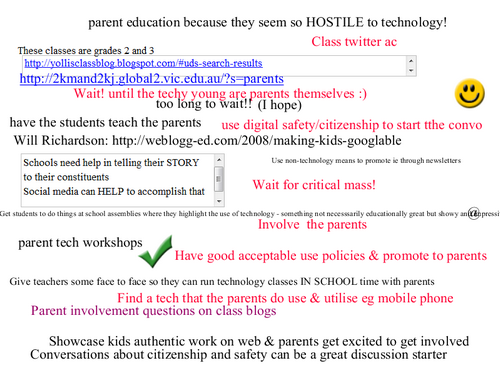
Again we quickly filled a whiteboard with ideas and more links both on the whiteboard and in textchat. There were some great ideas shared on the whiteboard and chat and then expanded on through audio. As always there was much serendipitous learning in the diversions into e-portfolios, blogging, QRcodes and other fascinating areas.
Conclusion
This was a buzzy session with contributions coming thick and fast. The best thing about Serendipity sessions is the unconference nature because we never know where we will go in our “e-xplorations”.
Our Next Session
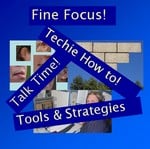 Our next Webinar is an Edublogs “Fine Focus” session, “Facebook won’t go away!” I take a look at Facebook – from the premise that if it won’t go away (and it won’t) we need to embrace it as a tool. Join us on Thursday November 3rd at 23:00 GMT/UTC the time for you will vary depending on your timezone (check yours here) Thursday afternoon/evening in the USA, late night Thursday in Europe, and Friday morning October 4th in Australia – in the usual virtual room
Our next Webinar is an Edublogs “Fine Focus” session, “Facebook won’t go away!” I take a look at Facebook – from the premise that if it won’t go away (and it won’t) we need to embrace it as a tool. Join us on Thursday November 3rd at 23:00 GMT/UTC the time for you will vary depending on your timezone (check yours here) Thursday afternoon/evening in the USA, late night Thursday in Europe, and Friday morning October 4th in Australia – in the usual virtual room
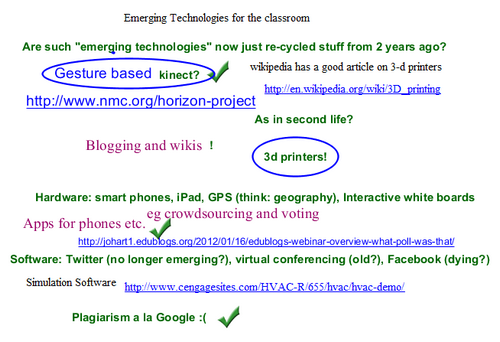
 Our next Webinar is an Edublogs “Fine Focus” session. This week Lisa Conrad (@ljconrad) – the Moderator of the lively Twitterchat for Gifted and Talented (#gtchat) will give us a “heads up” on #gtchat and on moderating a #chat. Join us on Thursday August 9th at 23:00 GMT/UTC the time for you will vary depending on your timezone (check yours here) Thursday afternoon/evening in the USA, late night Thursday in Europe, and Friday morning August 10th in Australia – in the usual Blackboard Collaborate virtual room.
Our next Webinar is an Edublogs “Fine Focus” session. This week Lisa Conrad (@ljconrad) – the Moderator of the lively Twitterchat for Gifted and Talented (#gtchat) will give us a “heads up” on #gtchat and on moderating a #chat. Join us on Thursday August 9th at 23:00 GMT/UTC the time for you will vary depending on your timezone (check yours here) Thursday afternoon/evening in the USA, late night Thursday in Europe, and Friday morning August 10th in Australia – in the usual Blackboard Collaborate virtual room.
